Serhii “Flash” Beskrestnov is a man on a mission. He’s not a soldier, but he’s playing a crucial role in the Russia–Ukraine war. Flash is a radio enthusiast turned drone expert, using his knowledge to help Ukrainian troops combat the constant threat of drones. His story, as told by MIT Technology Review, is one of ingenuity, determination, and a bit of controversy.
The Man Behind the Mission
Flash grew up tinkering with radio equipment, a hobby that would later become his lifeline. When Russia invaded Ukraine, he put his skills to use, setting up a radio network that became a lifeline for civilians and volunteers. But it’s his work with drones that’s earned him renown across Ukraine’s military.
He’s created a support service for military communications specialists, answering their questions and helping them navigate the complex world of radio technology. His work has been so influential that he’s received formal recognition from the military, including two medals of commendation—one from the commander of Ukraine’s ground forces and the other from the Ministry of Defense.
A Prescient Hobby
Flash’s fascination with radio technology began in his childhood. His father, a colonel in the Soviet army, brought home broken radio equipment for his preteen son to tinker with. Flash showed talent from the start, attending an after-school radio club and communicating with people in Countries beyond the Iron Curtain. “It was like an open door to the big world for me,” he says.
This hobby led him to a military communications college, but he soon realized that the Ukrainian military was plagued by corruption and a lack of investment. He left to work in the private sector, eventually becoming the head of department at the progenitor to the telecommunications company Vodafone Ukraine.
The Drone Threat
Drones have become a defining feature of the conflict in Ukraine. They’re used for reconnaissance, strikes, and even psychological warfare. Flash has made it his mission to understand these drones and help Ukrainian troops combat them.

Tracking the Enemy
Flash’s trips to the front line are crucial for tracking the latest developments in Drone Technology. He monitors Russian drone activity from his souped-up VW van, which he’s transformed into a mobile radio intelligence center. The van is equipped with stacks of radio hardware connected to an array of antennas on the roof, and two small devices on the dash that monitor for nearby drones.
In a single night, Flash recorded five different Russian reconnaissance drones, one of which was flying directly above his van. He shares this information with his followers on social media, encouraging Ukrainian soldiers to learn how to recognize enemy drone signals.
The Race for Survival
Despite a small number of semi-autonomous machines with a reduced reliance on radio communications, the drones that saturate the skies above the battlefield will continue to largely depend on this technology for the foreseeable future. Flash’s work is a race for survival, with each side constantly trying to best the other, only to start all over again when the other inevitably catches up.
Flash has warned his followers about new drone technologies, like the Joker-10 drone’s hibernation mechanism, which allows the operator to fly it to a hidden location, leave it there undetected, and then awaken it when it’s time to attack. He’s also provided advice on how to jam drone signals, a tactic that can render them inoperable. But it’s a constant race, with both sides continually developing new methods of drone operation and counter-jamming.
Jamming and Counter-Jamming
Jamming is a frequent focus of Flash’s work. In a January post on his Telegram channel, he explained how jammers used by some Ukrainian tanks were actually disrupting their own communications.
“The cause of the problems is not direct interference with the reception range of the radio station, but very powerful signals from several [electronic warfare] antennae,” he wrote, suggesting that other tank crews experiencing the same problem might try spreading their antennas across the body of the tank.
But jamming is an imperfect solution. Like drones, jammers themselves emit radio signals that can enable enemies to locate them. There are also effective countermeasures to bypass jammers, such as frequency hopping, which involves rapidly jumping between different frequencies to avoid a jammer’s signal.
The Controversy
Despite his contributions, Flash has become a source of controversy among the upper echelons of Ukraine’s military. Some high-ranking officials perceive him as a security threat, worrying that he shares too much information and doesn’t do enough to secure sensitive intel. As a result, some refuse to support or engage with him. Others, Flash says, pretend he doesn’t exist.
A Complicated Figure
Flash’s reputation among rank-and-file service members is undeniable. He’s been described as a celebrity and a ray of sun. He gets 500 messages every day asking for help. But his outspokenness and willingness to share information publicly have ruffled feathers among the military’s top brass.
Flash claims that military officials have accused him of sharing too much information about Ukraine’s operations. He admits that the system is not perfect and that Russians could have gained access to his closed Signal groups in the past. Several of the soldiers interviewed for this story also claimed to have entered the groups without Flash’s verification process.
The Future of Drone Warfare
Flash’s greatest concern now is the prospect of Russia overwhelming Ukrainian forces with cheap FPV Drones. These drones, which can carry payloads large enough to destroy tanks, are cheap (costing as little as $400), easy to produce, and difficult to shoot down. They use direct radio communications to transmit video feeds, receive commands, and navigate.
A Grand Idea
To combat this threat, Flash has proposed building a border “wall” of jamming systems that cover a broad range of the radio spectrum all along the front line. He claims, however, that military officials have shown no interest in his proposal.
The world is unprepared for this new type of warfare, according to Yaroslav Kalinin, a former Ukrainian intelligence officer and the CEO of Infozahyst, a manufacturer of equipment for electronic warfare. Kalinin recounts talking at an electronic-warfare-focused conference in Washington, DC, last December where representatives from some Western defense companies weren’t able to recognize the basic radio signals emitted by different types of drones. “Governments don’t count [drones] as a threat,” he says. “I need to run through the streets like a prophet—the end is near!”
A Laboratory for War
Ukraine has become, in essence, a laboratory for a new era of drone warfare—and, many argue, a new era of warfare entirely. Ukraine’s and Russia’s soldiers are its technicians. And Flash, who sometimes sleeps curled up in the back of his van while on the road, is one of its most passionate researchers. “Military developers from all over the world come to us for experience and advice,” he says. Only time will tell whether their contributions will be enough to see Ukraine through to the other side of this war.
DroneXL’s Take
Flash’s story is a testament to the power of drone technology and the ingenuity of those who understand it. His work highlights the crucial role that drones play in modern warfare and the need for innovative solutions to combat them. As the conflict in Ukraine continues, it’s clear that drones will play an increasingly important role.
For more on how drones are being used in conflicts around the world, check out our articles on delivery by drone and drone technology. And don’t forget to leave your thoughts on this article in the comments section below.
Photos courtesy of MIT Technology Review.
Discover more from DroneXL
Subscribe to get the latest posts sent to your email.



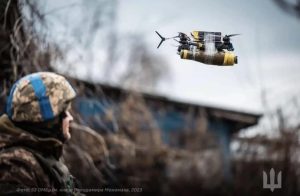




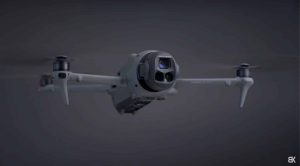




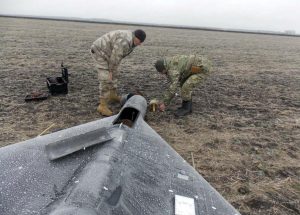
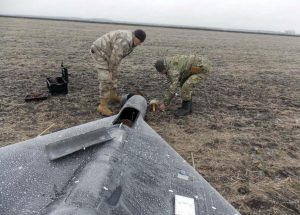
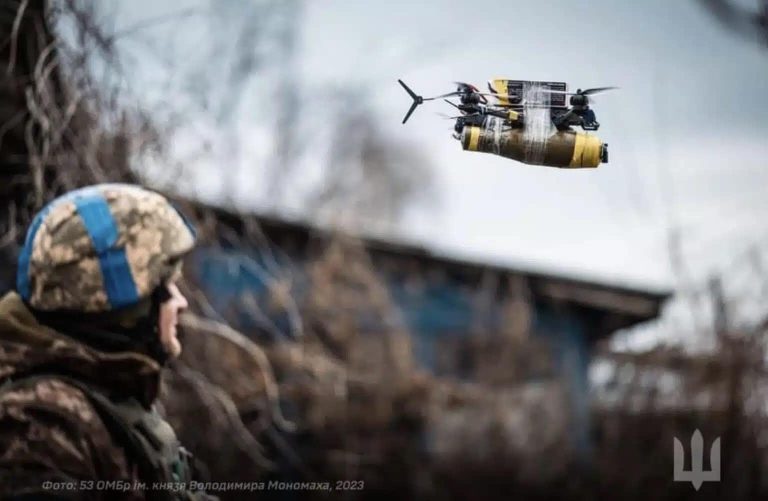



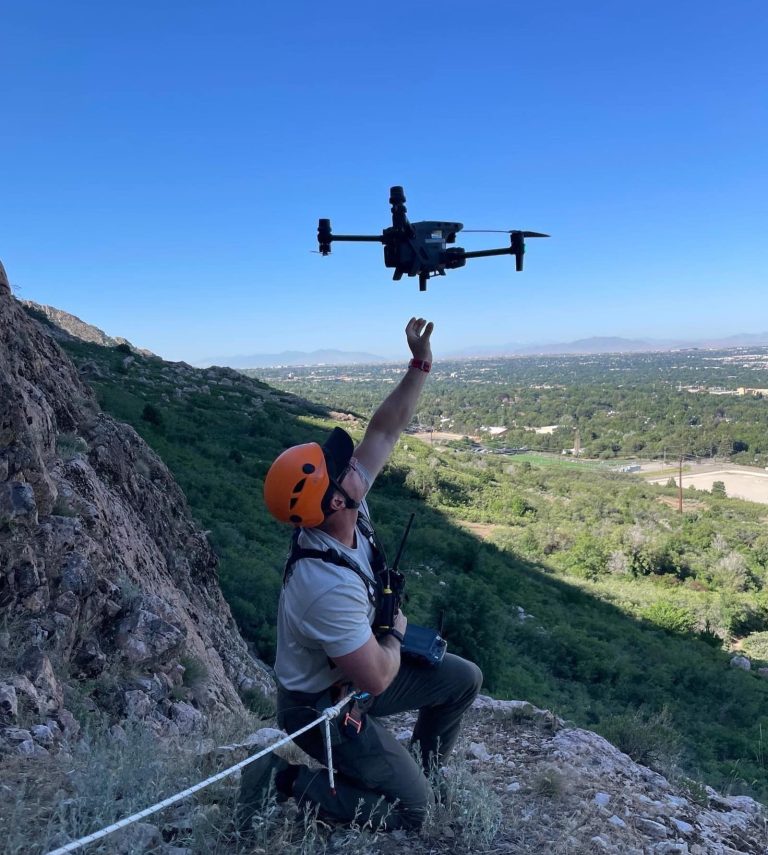
+ There are no comments
Add yours